Charleston is a coastal community whose very history and appeal has been defined by the water from its earliest days. Maritime culture permeates the whole Lowcountry and while few people make their living as shrimpers or fishermen today, residents still feel a strong tie to the water. With loads of public landings, charters, exclusive yacht clubs, and even residential communities with slips and docks, there’s boundless opportunities to get out on the water this summer.

The earliest inhabitants of the Lowcountry, the Native American tribes including the Kiawah, Cusabo, Edisto, Etiwan, Wando, and Stono, whose legacies survive in the names of various waterways in the Charleston area, lived off the land and sea. They fished and ate oysters and crabs and navigated the creeks and marshes in dug out canoes. The English who founded Charlestown in 1670 arrived by ship and quickly established a maritime tradition of their own, using the Cooper and Ashley rivers to float, row, and sail goods from the plantations to town to ship out of the Charleston harbor to domestic markets and back to Europe.
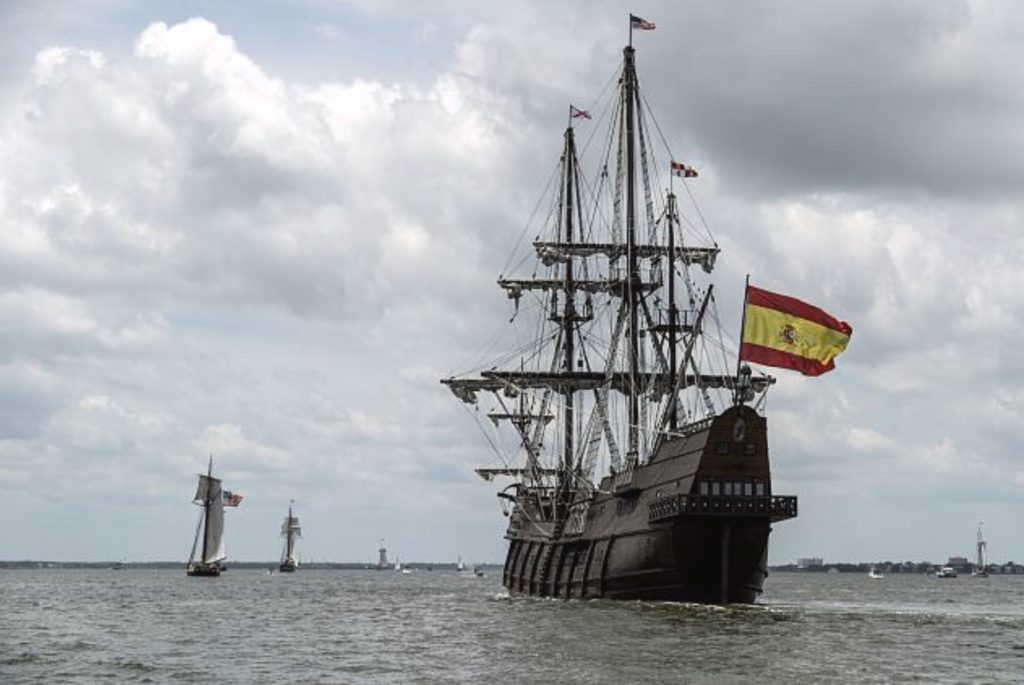
Tall ships would have lined the wharves and docks alongside the town and would have been seen riding at anchor on the other side of the bar in Charleston harbor waiting for the tides to swell so skilled harbor pilots could navigate deep draft ships closer to the town. Alongside these large sea faring ships, colonists also had smaller sloops, petiaugers, canoes, row boats, flat barges, rafts, and a host of other seacraft that they used for transportation, shipping, catching seafood, and for pleasure. Ferries brought people, carriages, livestock and good to town from today’s Mount Pleasant and West Ashley communities before there were bridges to cross. Time was measured by the tides and the maritime landscape influenced everything from foodways to where people settled.

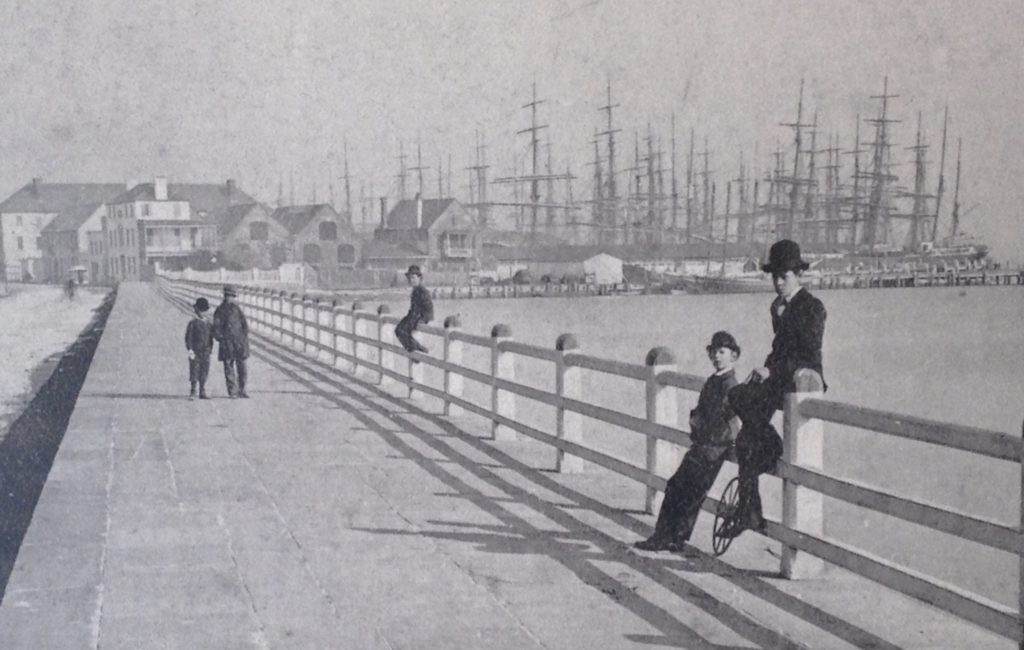
Historians Davis Folsom and David C. Smith note that, “coastal slaves, after completing their tasks, were frequently allowed to create enterprises including fishing. As early as 1770 the Commons House of Assembly acknowledged, “The business of Fishing is principally carried on by Negroes, Mulattoes, and Mestizoes.” Historically, the best-known South Carolina fishery was the “mosquito fleet,” immortalized in the famous opera Porgy and Bess. The fleet sailed out of Charleston harbor and returned with blackfish, snapper, whiting, and, of course, porgy.” Shrimp and grits, fried crab rice, she-crab soup, and Frogmore stew are just a few of the Lowcountry staples that were probably invented by Gullah people making the most of the natural bounties along the coast.
Many of downtown Charleston’s neighborhoods, not to mention communities like Old Village Mount Pleasant, Shem Creek, and the grand plantations along the Ashley River like Drayton Hall and Middleton, were located where they were because of creek and river access. Small time captains like Henry T. Graddick launched their boats from the southwestern end of the peninsula long before Murray Boulevard was created. An add from 1870 proudly noted, “Launch— A fine schooner of about 200 bushels capacity was successfully launched from the shipyard of Mr. Samuel Easterby, on South Bay, on Saturday morning last. She is built of the best Carolina Pine and oak for Captain Henry Gradick, who will employ her mostly in the rice trade.” Shem Creek, “a tidal tributary and deepwater creek bounds Mount Pleasant’s historic district on the north and enjoys a strategic location with direct access to the Charleston Harbor”, became the main commercial hub east of the Cooper and the base of the shrimping, oystering, and crabbing industries.
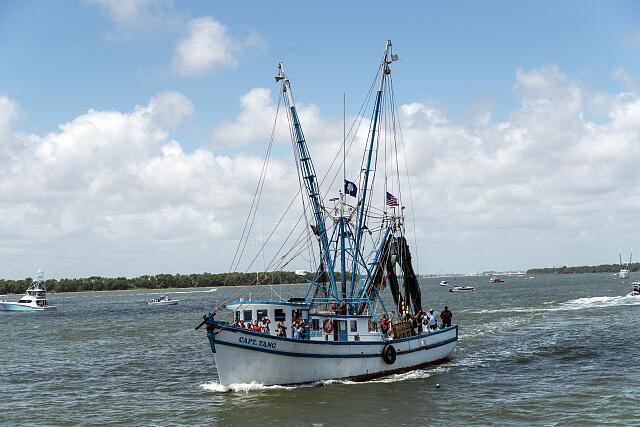
By the late nineteenth century, locals were participating in sailing competitions along the coastal waterways. Often called “commodore” or “captain” in local newspapers, Sandiford Bee was an avid sailor, entering and often winning local boating competition on James Island. in 1947, Wadmalaw Island native Oliver Seabrook and naval architect Henry Scheel pioneered the Sea Island One-Design, a sleek and speedy sail boat with a mostly flat deck that is still the go-to boat type for the day-sailing competitions in the Lowcountry like the famous Rockville Regatta.
Lowcountry denizens still sail, fish, and row for recreation on the sheltered rivers and inland creeks or on the Intracoastal Waterway and out to the ocean. Charleston County Parks operates nineteen public landings in the Lowcountry. Just a few of the more popular:
- Remley’s Point, Paradise, and Shem Creek (Mount Pleasant)
- Riverland Terrace and Sol Legare (James Island)
- Wappoo Cut Boat Landing (West Ashley)
- Steamboat (Edisto Island)
- Limehouse and Cherry Point (Johns Island)
- Folly Beach
- Toogoodoo and Martins (southern Charleston County)
- WO Thomas (North Charleston)
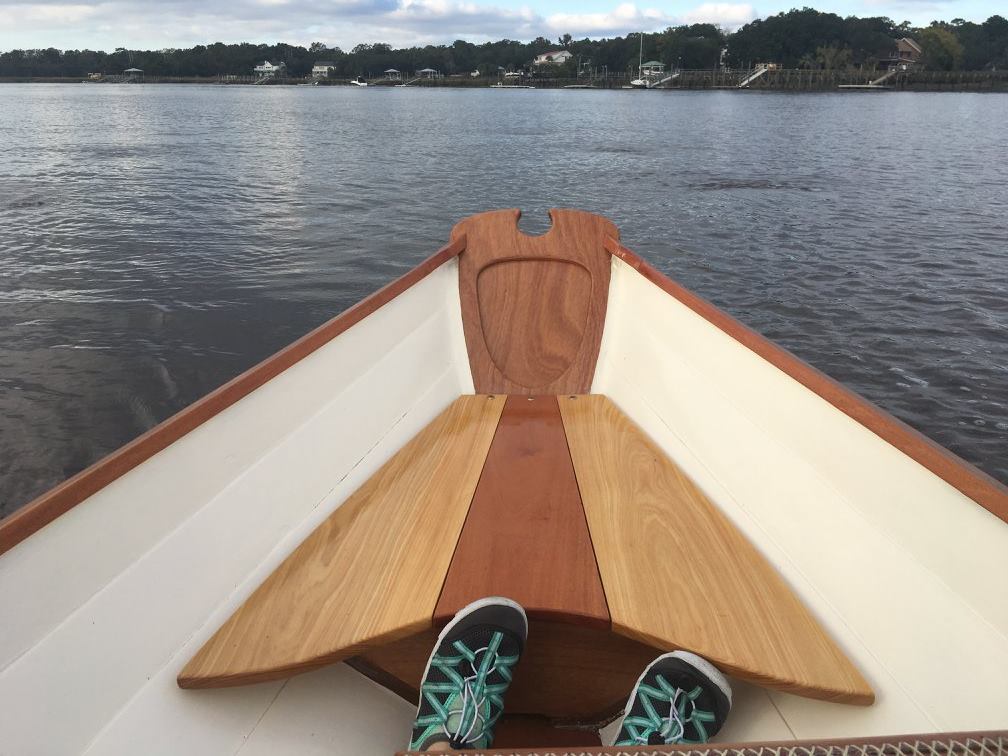
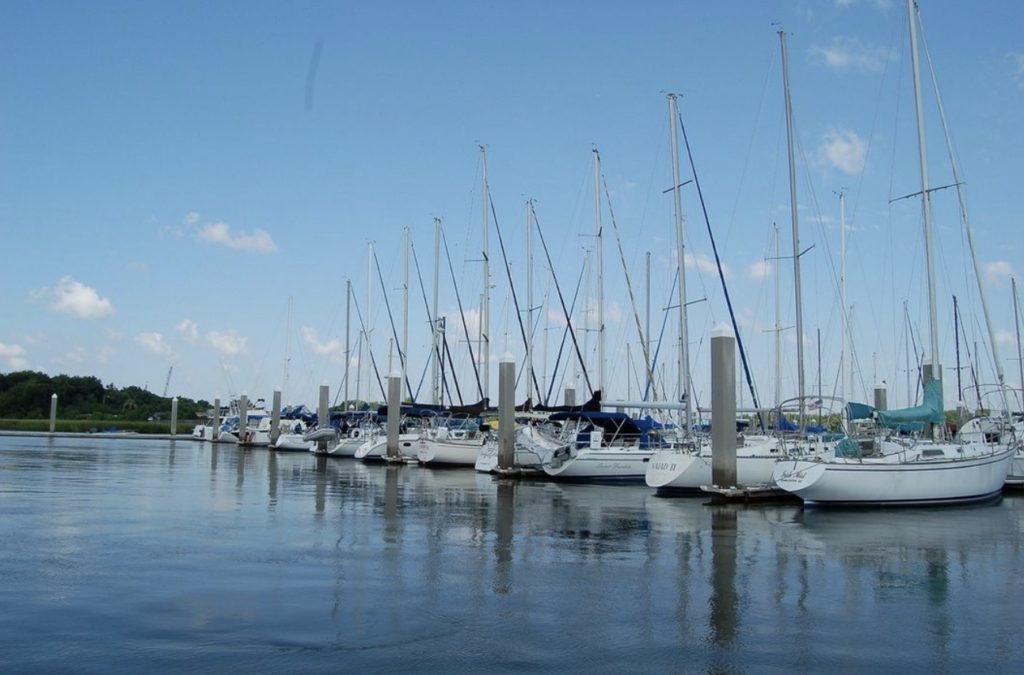
Upscale subdivisions like Hobcaw Creek Plantation in Mount Pleasant or Seaside Plantation on James Island have private neighborhood docks. Other residents join private clubs and marinas, like the prestigious Carolina Yacht Club based at the foot of the Battery on Charleston Harbor, Charleston Harbor Marina in Mount Pleasant, River’s Edge Marina in North Charleston, Daniel Island Yacht Club, or the kitsch and fun Dolphin’s Cove Marina on Charleston Neck.

Constructed in 1994, Charleston City Safe Harbor Marina is one of the largest marinas in the southeast, with wet and dry slips by the night or week for visitors or long-term slip leases for locals, a suite of stores and the fabulous Variety Store restaurant, wifi, bath houses, shore power hookup, and boat ramps.
There are currently dozens of houses for sale in the Lowcountry with private docks for the avid boater. 2202 Waterfowl Lane in West Ashley is one of several new builds with access to the Ashley River via a beautiful meandering tidal creek that snakes right up to the back yard.
1570 East Ashley Avenue on Folly Beach is another stunning new build that will be complete this summer:. Listed with Charleston Empire Properties, click here to see the sumptuous listing photos: https://charlestonempireproperties.idxbroker.com/idx/details/listing/b051/22010290/1570-E-Ashley-Avenue-Folly-Beach-SC-29439
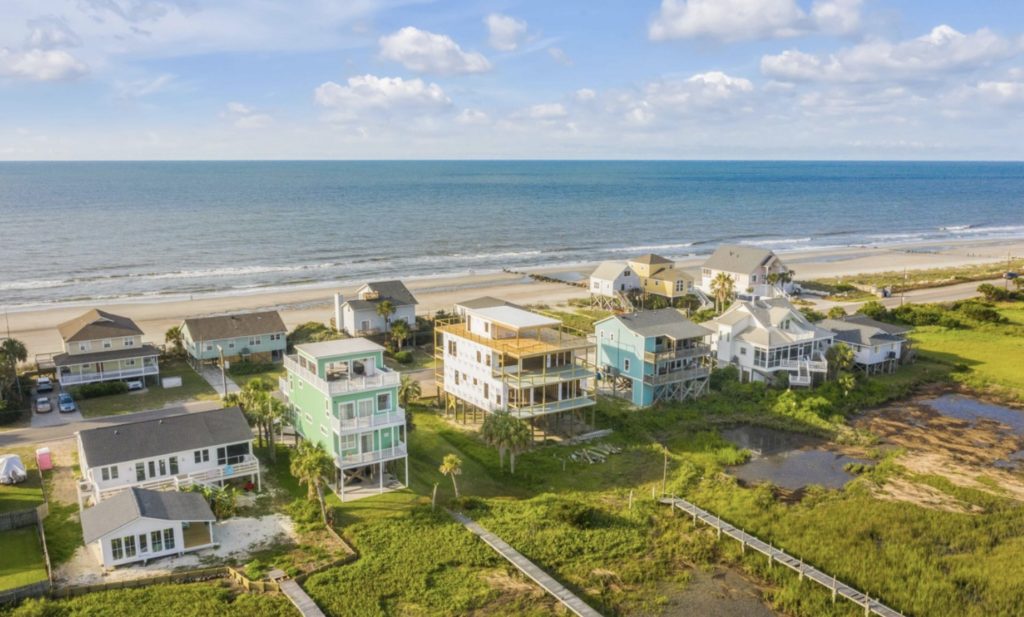

22 Old Summer House Road offers stunning views of the marshes, a roof top deck, a boat life, and six foot minimum water depth, even at low tide, into beautiful Ellis Creek which feeds into Charleston Harbor.
To see other stunning builds or for any additional questions, contact our team here at Charleston Empire Properties!
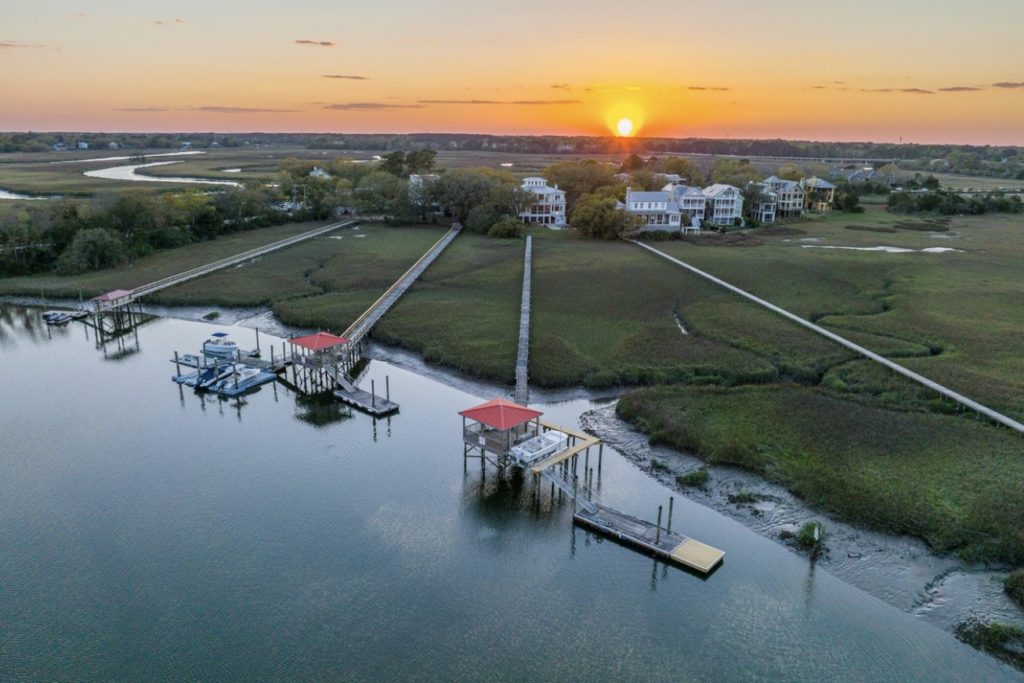
If you’re brand new to boating, there’s several companies that offer charters, boat tours and rentals, and even lessons. Coastal Expeditions specializes in the Lowcountry’s natural beauty. You can choose from a Beaufort Dolphin and History Boat Cruise, Bull’s Island Ferry trip, or Morris Island Shark Tooth Beach drop that leaves from Shem Creek.
All in One Charters, http://www.allinonecharters.com offers something for everyone, with boat tours focused toward wildlife, scenery, history, or adventure or saltwater inshore or deep sea fishing charters. They explain, “Being on the water is a beautiful breath-taking view, from tidal changes, wildlife adventures, sunsets to sunrises, landmark history, and so much more. Our tours go through the local waterfront, which shows you some of the breathtaking views that the area has to offer. The tour guide will also explain some of the local history while on the ride, giving you the fullest experience you can find. We welcome all to join us on-board for their next peaceful adventure. All in One Charters takes great pride in creating an awe-inspiring experiences with families and friends no matter the trip type.
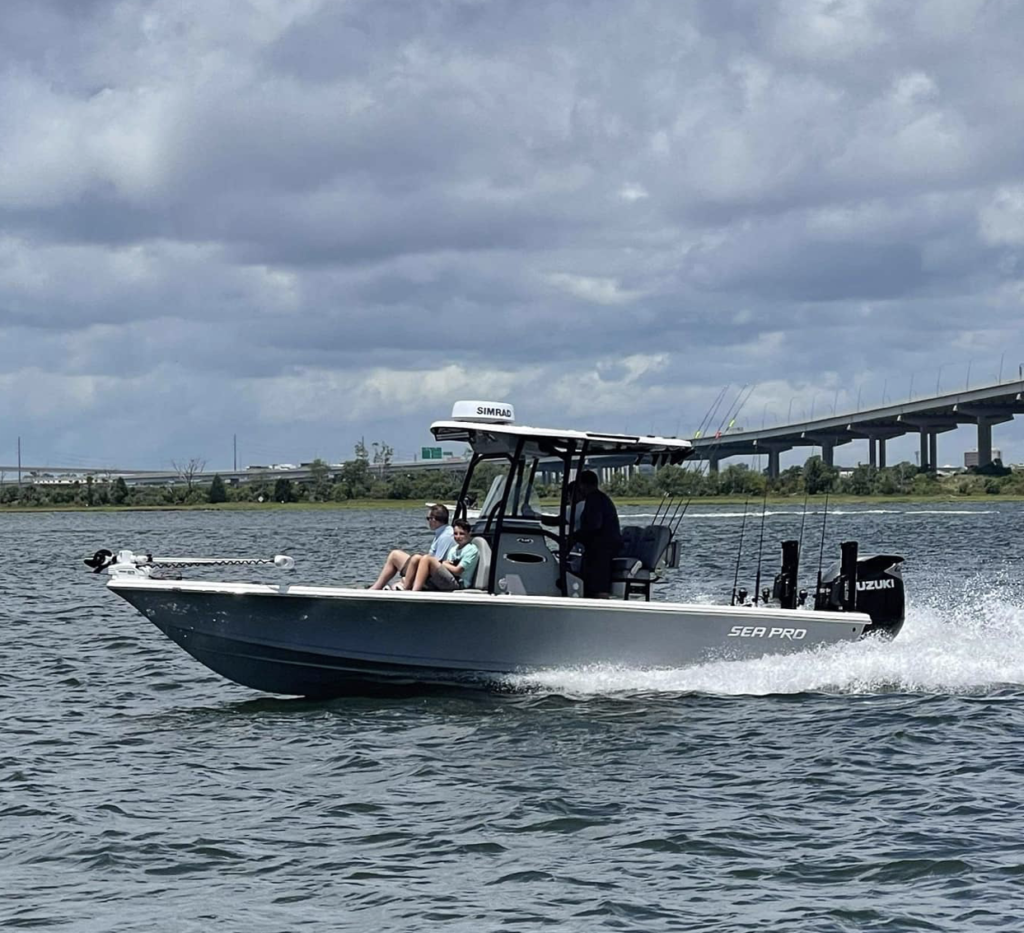
Some of the most sought-after sport boats and fishing boats are made right here in the Lowcountry at state of the art factories in Summerville, South Carolina. Scout Boats, Key West Boats, and Sportsman Boats offer streamlined, speedy models of sleek fiberglass designed for cutting through the ocean waves with ease. The family-owned Sportsman company, https://www.sportsmanboatsmfg.com has loads of center console options starting in the competitive $30,000 range.
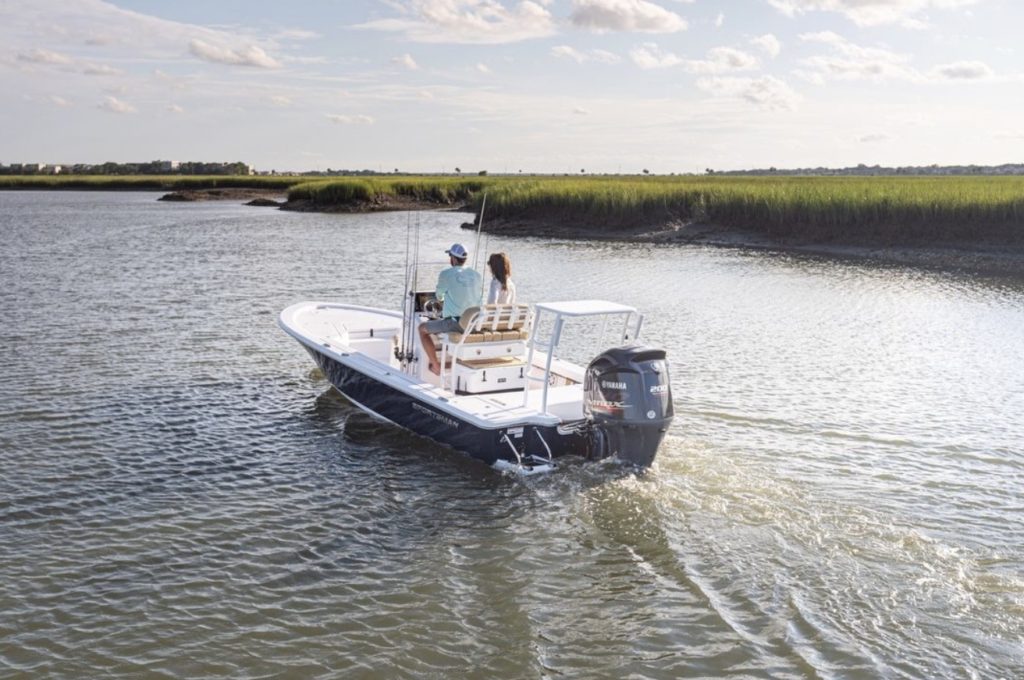
For those who’d rather watch than sail, there are some great annual boating events on the horizon: Rockville Regatta Sea Island One boat races on Wadmalaw Island (August 5th), the annual Charleston Boat Show (every January), and the Blessing of the Fleet and Seafood Festival (every April)- or just visit Shem Creek or Waterfront Park downtown any time, any day, to view a host of beautiful boats enjoying the Lowcountry coast!

Sources:
- Library of congress photograph collection
- https://www.hanckelmarine.com/blog/best-places-to-enjoy-the-boat-life–18607
- Tibbets, John H. “Rise and Fall and Rise: South Carolina’s Maritime History.” Coastal Heritage Magazine, Vol 14 (No. 2), Fall 2002.
- Coastal Expeditions. “The Beauty of Shem Creek.” https://www.coastalexpeditions.com/blog/the-history-of-shem-creek-the-beauty-of-a-shrimpers-paradise/
- C. Coker. Charleston’s Maritime Heritage, 1670-1865: An Illustrated History. Charleston: Coker Craft Press, 1987.
- https://www.allinonecharters.com
- https://www.charlestonpilots.com/our-history/
- https://sailing.cofc.edu
- Nic Butler. “The Genesis of East Bay Street: Charleston’s First Wharf.” Charleston Time Machine. https://www.ccpl.org/charleston-time-machine/genesis-east-bay-street-charlestons-first-wharf-1680-1696
- Malcolm W. Leaphart, Jr. “Fishing, recreational.” South Carolina Encyclopedia. https://www.scencyclopedia.org/sce/entries/fishing-recreational/
- Davis Folsom and David C. Smith. “Fishing, commercial.” South Carolina Encyclopedia. https://www.scencyclopedia.org/sce/entries/fishing-commercial/
- https://ccprc.com/3301/Boat-Landings
- Hicks, Brian. “Rockville Regatta A Step Back In Lowcountry Time.” The Post and Courier [Charleston] 2 Aug. 2008. Charleston.net. 3 Feb. 2009
- https://www.tompsc.com/241/Old-Village-Historical-District
- https://www.sportsmanboatsmfg.com

